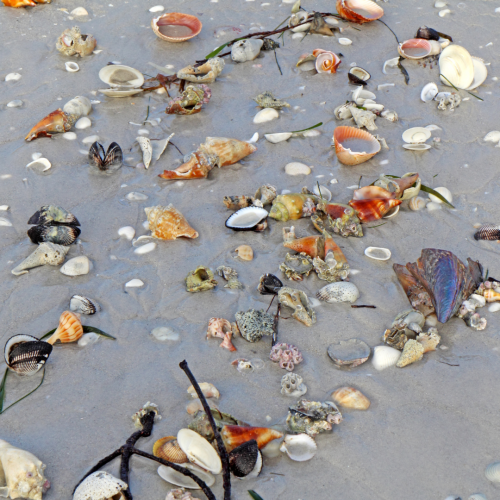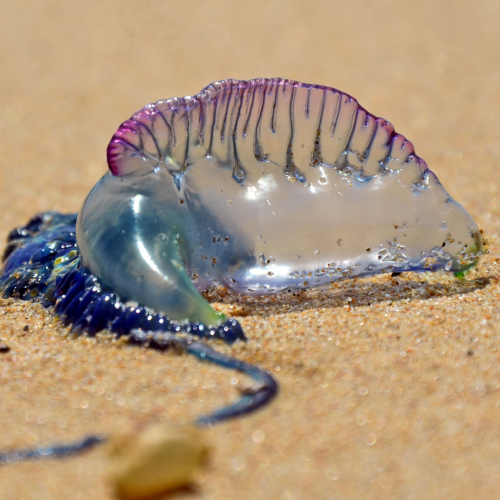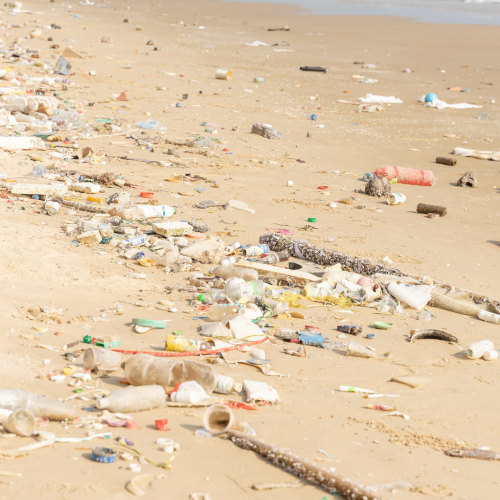For thousands of years, humans have been trekking up and down shorelines to pick up items of interest such as shells, rocks, and other natural materials. You can also spot interesting plants, animals, and other finds along the beach.
 What is beachcombing?
What is beachcombing?
Beachcombing is the searching for and collecting of objects along the shore.
For thousands of years, humans have been trekking up and down shorelines to pick up items of interest such as shells, rocks, and other natural materials.
Today, as marine debris continues to accumulate, it is not surprising to also find astounding amounts of human-made trash and refuse.
Why go beachcombing?
While beachcombing, you are bound to come across interesting finds.
There are multiple places in Florida that offer beachcombing opportunities.
Some state programs offer guided tours of popular spots—these are great for getting to know your local beaches and shorelines! Here are just a few reasons to try out beachcombing for yourself:
- Interesting organisms

- Florida’s shoreline is teeming with activity from all kinds of organisms! You can enjoy other activities while beachcombing such as birding and photography such as birds and invertebrates including;.
- Sandpiper – Iconic shorebird in Florida Beaches
- Portuguese Man o’ War – stinging jellyfish-like organism
- Blue crab – common crustacean on FL shores
- Florida’s shoreline is teeming with activity from all kinds of organisms! You can enjoy other activities while beachcombing such as birding and photography such as birds and invertebrates including;.
- Shell identification
- Surrounded by water on three sides, Florida has many unique, beautiful seashells on its beaches such as:
- Cockle shell – the most common shell in Florida
- Junonia – the rarest shell in Florida
- Horse conch – Florida’s state shell
- Florida generally allows shell collection, but most natural preserves have no-take rules. Check local regulations to make sure! In Florida, it is legal to collect shells that do not house a living organism.
- Surrounded by water on three sides, Florida has many unique, beautiful seashells on its beaches such as:
- Removing human debris from the ecosystem

- The most common form of human debris found on beaches is plastic waste. It is a huge problem for the ecology of intertidal zones and the greater ocean ecosystem. However, some human debris comes in the form of intact trinkets, sea glass, and valuables.
Where to go in FL.
- Sanibel Island, FL.
- Jensen Beach, FL.
- Anna Maria Island, FL.
Information from National Geographic, FL Fish and Wildlife Conservation Commission, and Princeton University Press.